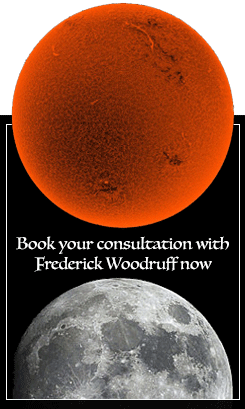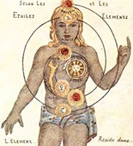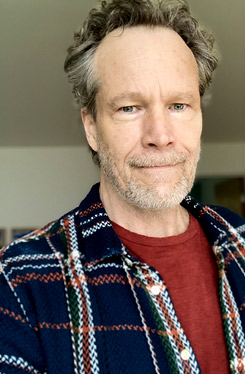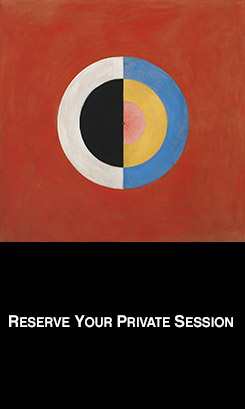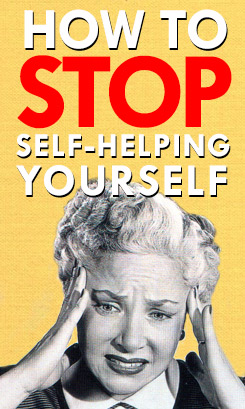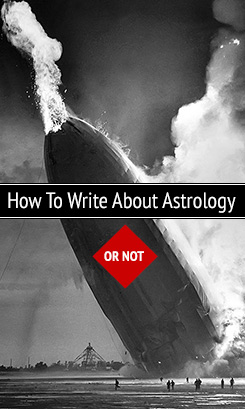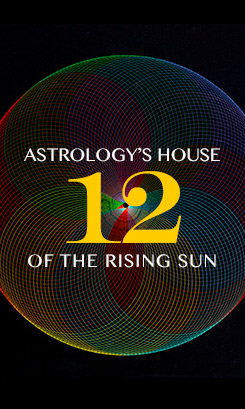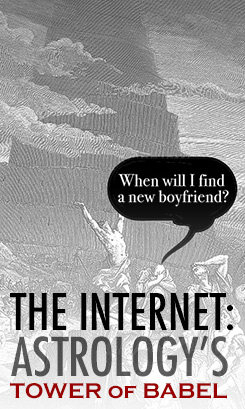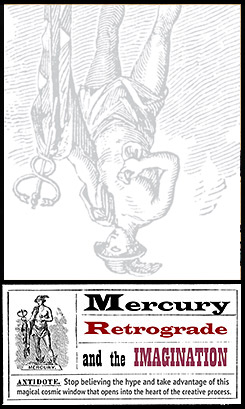Understanding How Astrology “Works”

This is a quote from the author Tom Cheetham, a scholarly expert when it comes to interpreting the works of Henry Corbin, the renowned philosopher and professor of Islamic Studies (1903-1978). Corbin was responsible for redirecting the study of Islamic philosophy, transforming erstwhile ideas about Islam into a rich panoply of poetry and esoteric vision.
Reading Cheetham (which is infinitely easier than reading Corbin) is an exercise in acquainting yourself with astrology’s deepest truths: The planets, the Sun and the Moon are living beings.
Cheetham writes:
“This limitless cosmos is full of Presences, full of Persons — full of angels.
We have to discard all our trivialized and anthropocentric conceptions of the nature of such beings. They are personified metaphysical presences, the movers of the worlds, and they provide the connection between ourselves and divinity.
There is no question of anthropomorphism. The personality of these beings is not derived from ours; ours is only a dim reflection of theirs.
The hermeneutic ability of the creative Imagination to transmute all things into symbols destroys the distinction between psychology and cosmology and unites them in a psycho-cosmology in which Creator and creature participate not as opposing terms with an unbridgeable gulf separating them, but as complementary poles of a divine drama.
‘The personal God [Corbin writes] is . . . encountered at the end of a Quest (as of that for the Holy Grail).’ The endpoint of this search is not an idol, not a thing at all, and therefore not an end but a beginning … the Emptiness, the Unknown, and the Unknowable into which one falls upward in an unending series of theophanies.”
Astrology is born of humankind’s relationship to nature, or put another way, astrology is an extension, within the human, of the angelic of which men and women have an opportunity to play an active role through conscious awareness of Being.
Conditions of Being or Presence are not difficult to grasp. Attention, an active force of awareness that we each possess, has the ability to guide and focus our inquiry through the relational qualities inherent in Presence.
Presence is described as such by Samer Akkach in the book Cosmology and Architecture in Premodern Islam:
“The notion of presence refers to the complex web of physical, mental, and spiritual relationships a being spawns by its very existence and the influences it exerts through this web of connectedness. A thing is perceived to have a presence insofar as it impacts other presences, influences their course of existence, and becomes part of their world. In other words, it is not the mere existence of the thing that matters but rather its level of impact and domain of influence. This is what makes it effectively present.”
For more inquiry on this thread see the following.
Death is the New Black
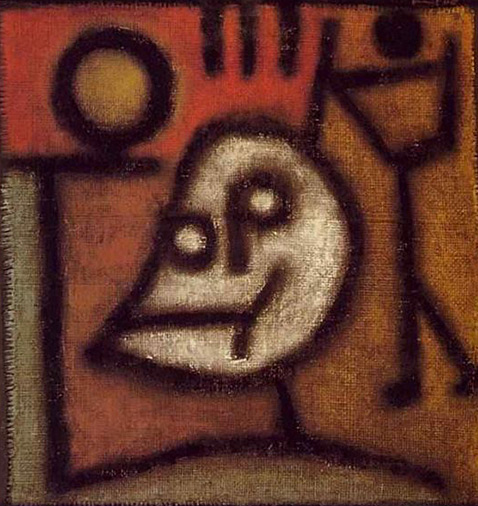
Death opens us to The Now. But to reside in the now means passing through a little bit of death — every — single — moment.
Beyond Saturn’s boundary of rings, are the planetary stand-ins for the enlightenment drive and the mystical impulse: Uranus and Neptune (through envisioning and longing), pull our attention towards the future or the universal. But Pluto, Death’s ambassador, pushes our awareness deep into what I call the non-present. The awareness of no time, no place — a metamorphic marriage of now-ness with nothingness. Freud knew about this particular place and understood the longing that each of us has for it. He called that longing the death-wish.
Really? A wish? Sure. Death: It’s so quiet and peaceful over there.
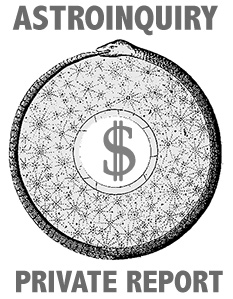
You can identify this longing within yourself every time you visit a news site online and secretly hope to read about some new disaster or catastrophe that might signal that The End has finally arrived. Now. Who doesn’t want the grinding game to cease, to abandon the sandbox so everyone gets to go ‘home’? It’s not a desire to be ashamed of.
But you know how it goes. Our survival instinct is always trying to distance us from the death-wish — that’s its job, as a regulator of any species — to separate death from life, a divisive process that ultimately forces us to live ‘half-lives’. Small existences. A half-life is a numbed-out experience of reality. A frightened one.
Pluto is the corrector for this condition and assures that each moment is stillborn — it arrived but disappeared at the same moment. Is a tiny declaration for the death-wish. A kind of cessation that offers so much presence, so much is-ness, that you simply lose your head and just ‘are.’ There’s nothing to plan for, nothing to remember. One simply is a ‘nameless’ presence. So death allows us to live fully. But only in the present. A present where death and life are so tightly intertwined there’s no separation between the two.
With presence, there’s nothing for us to attach ourselves to. Nothing to box up and store away, or build a concept upon — there is just the experience of ‘is.’ This Plutonian mystery pulses in tandem with our heartbeat and declares:
![]()
• The Truth About Mercury Retrograde
• Planetary Ennui: The Nostalgia for Samsara
• How To Make Facebook Your Slave and Preserve Your Creative Drive
• The Power, Beauty, and Wonder of the Horoscope’s 12th House
• Imbeciles at the Gate: How The Internet Destroys Astrology
• How To Escape From the Torture of Self-Help Hell
• Depression and the Solar Consciousness
• Secrets of the Heart: Love is an Action Not A Feeling
• Create Your Own Archetype & Call It You: An Escape from Evolutionary Astrology
• Redefining the Oxymoron of Sex and Marriage
• Pluto in Capricorn: Death is the New Black
• How To Write About Astrology (Especially How Not To)
• Astrology, Ants, Hives, Essence, and Types: A Gurdjieffian View
• Final Notes About the Life-and-Culture-Changing Uranus-Pluto Square
To A Cat — Lili: Feb 29, 2000 – May 11, 2016
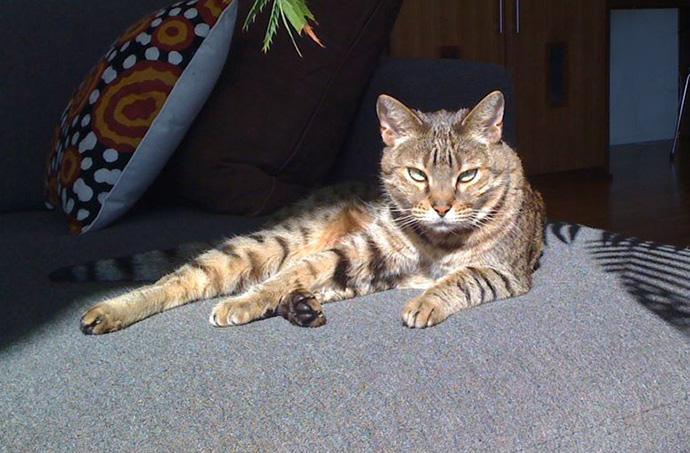
Like my own life, I considered that my Bengal cat Liliuokalani would live a really long, long time. Like forever.
Yesterday, after a quick decline (her heart trouble bloomed in about a month) the vet, a hyper gentle, sensitive soul, administered ‘the shot’ and I held Lili in my arms while all the force of her feline instincts rallied to capture: One. More. Breath. Her frame twisting and turning, fighting against the void — her mouth yawned wide, her eyes dilated into black full moons — as she force-rode the border between living and no-thing. And then completed.
All of that moment is seared into my memory screen today. Hard to shake. It’s one of the bookends between our time together. The joy and sweetness of the very first day I met her and the bitterness of the ‘closure.’
In Portland two years ago I watched my stepmom go through similar contortions the day before she died — not as feral, but her body’s elongating and recoiling in the bed — a leg suddenly jutting skyward like a showgirl’s and then slowly curling downward/inwards towards the comfort of a fetal position. My aunt leaned over to me in the hospital room and said, “Well, she always was limber. Used to be a dancer you know.â€
When they left me alone with Lili’s body I stood above her and marveled at the mystery. The eerie kind of invasion that overtakes the mind when confronted by life’s literal demarcations: One minute prior there was an animated beast cuddled in my arms — now — just this shell thing. A beautiful thing, but not Lili. A beautiful Bengal cat rug. Gurdjieff remarked once that: “Time is breath.†This must be true.
What’s timelessness about? I’m curious about this.
Even at home, an hour or so before taking her to the vet, Lili came shuffling out from the bedroom after she heard the distinct sound of a can of tuna being opened in the kitchen. Despite the fact that she’d no appetite. And then later in the living room, beneath a chair, she made a small lunge towards a sparrow that had landed on the outside deck. Bird was gone. But her attention wasn’t. She shifted again, fascinated now with a spider that was moving up the sliding glass door’s edge. Could she reach it to swat it? No awareness that in an hour she’d be lugged over to the vet and no longer be alive.
I want that. Not an unconsciousness towards the reality of my death, but a vibrant curiosity towards the last rattle that rides the demarcation. In her song Sweet Bird Joni Mitchell sings:
Out on some borderline/
Some mark of in-between/
I lay down golden in time/
And woke up vanishing.
Seems we’re always on this line, but we ignore its patient persistence to finally blur and then cut. We fill up the space and the time about our death with ideas, beliefs, theories, something some Buddhist told us, or maybe grandma’s ideas about Jesus and family reunions in heaven. Read more
Henry Leroy Finch: The Desecration of the Sun
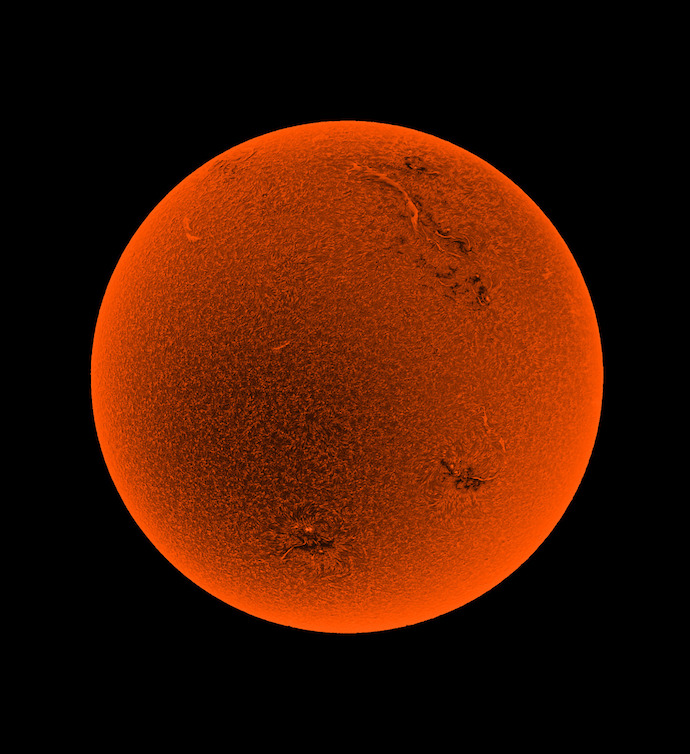
“The gradual disappearance of the sacred from the world, and the consequent shrinking of the human being, starts with the desacralizing of the cosmos in the Biblical law and in the empirical science of Aristotle and culminates in the flattened-out, merely measurable universe of post-Renaissance science
The sacred has withdrawn into the domain of private inner experiences where the sacred and the spiritual, as gifts from above, are confused with the grasping and exploiting “psychological.”
It is not surprising that the most blasphemous act of modern science has been the desecration of the sun, by copying on earth its release of hydrogen energy (by a mathematics and physics no longer connected with wisdom and the good, as for us the sun is no longer connected with the wisdom and the good), wiping out whole cities in seconds.
Nothing could better illustrate, at one and the same time, our secret contempt for the dead, dull, natural world we have conceived and for the egotistic power-structure which we call “civilization.””
— Henry Leroy Finch
From the essay: The Sacred Cosmos: Teachings of G.I. Gurdjieff
Tarthang Tulku: Time and Non-Locatability

In the following quotes from Dynamics of Time and Space, Tarthang Tulku uses the word time in a broader sense than just psychological or linear time.
When we lose contact with time, we have cut the dynamic central to our lives. Subjectively, there is the sense that time is flickering, like a film not properly adjusted on its reel. There is strain that goes nowhere.
These structures are in place before consciousness fully forms… they give rise to nervous agitation or uneasy pain.
If the momentum of time’s forward conducting persists, the agitation and its underlying ‘flickering’ intensify. Suddenly there is an abrupt break, as if the reel of film…had snapped. Everything freezes –movement vanishes. Pain has been transformed into the fixed and rigid structures of linear time.
Consciousness emerges into a temporal order in which time is a hostile force…Time in its pastness grinds us down feeding us the lifeless recordings of the past and the seductive fascinations of the future.
Caught in this fabricated past and future, we are divided against ourselves. Our knowledge and energy are spread across the linear length of the temporal order. Thus, when we set a goal, we assign a part of our constructed identity to that goal. Now it is as though a part of us was ‘out there’ in the future along with our projection, pinned against the temporal horizon of the present moment.
Increasingly confined, we find it deeply disturbing just to inhabit the successive moments of our lives. The specific ‘point’ of time that we occupy lacks all capacity to hold time’s dynamic. Life goes out of the present, drained away ‘across’ time.
We may respond by withdrawing into a dull numbness that has a quality almost like being shocked or stunned. In our worn-out dullness, we are like a baby that has cried itself into exhausted sleep.
If we could awaken at this point to the feeling of pain, we would actually be close to the original dynamic of the time that we have lost. But this alternative is not available, for we are too closely identified with the pain.
As ‘I’ merge with ‘having the pain’, I become the victim of what objectified time has presented. I possess the pain and am possessed by it; in this feedback I repossess it, tightening its hold. Awareness arises only in the wake of recognition, and so can lead only in the direction of further identification.
Accepting the reality of the pain assures its continuation.
Through a direct focus on the painness of pain, this ready interpretation can be recast or re-projected. If there is no ‘I’ as subject — no one making efforts with regard to the pain — there will be no pain to be identified. As pain enters experience and is projected into awareness, it is received without labels and identifications and reactions. There is nothing to be conditioned and no one to be caught. Without the subjective framework, pain is stripped of its solidity.
In this new arriving of what time presents, the logic of temporality defeats itself. The past is gone, the future not yet arrived, the present too short: ‘I’ am nowhere.
Opening Collage When your numbers up by: TrashRiot, © 2015
